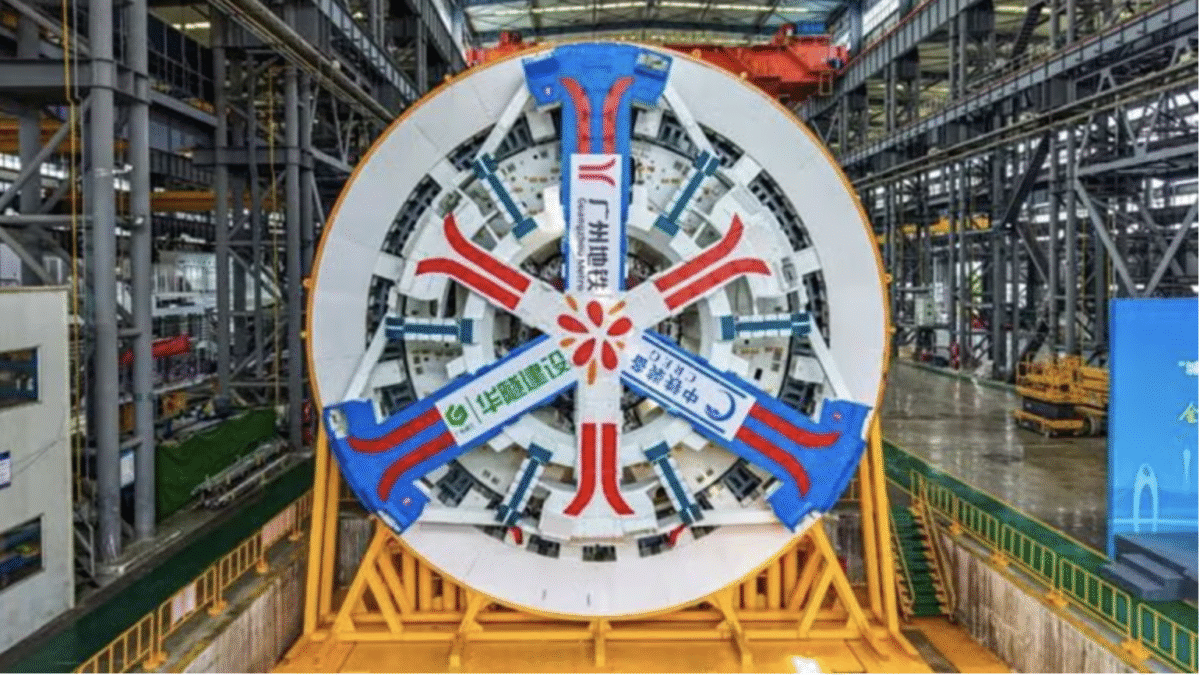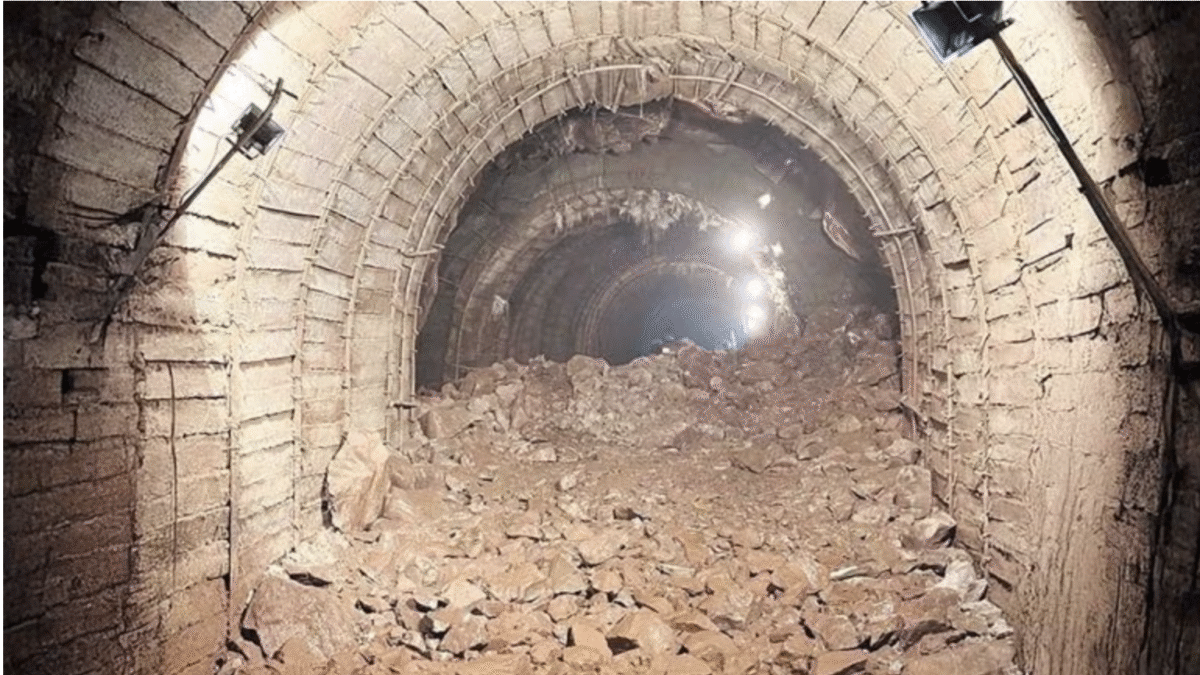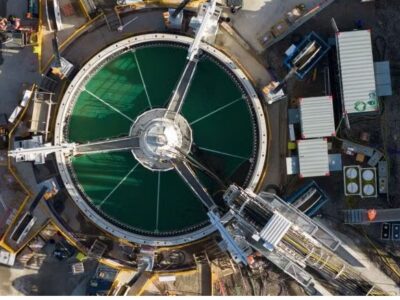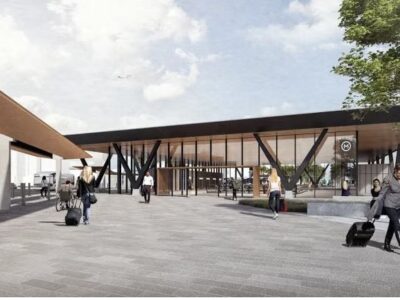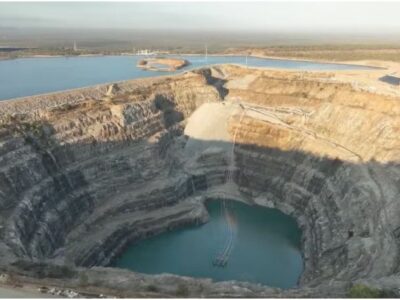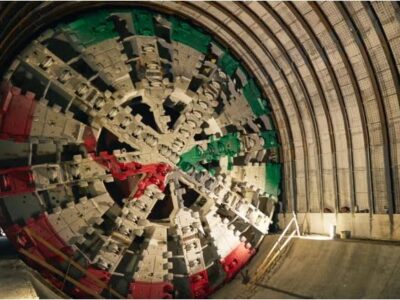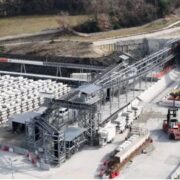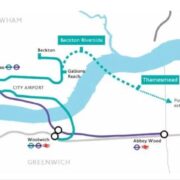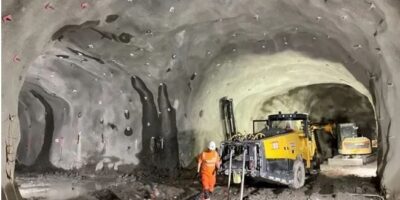
Installing an 18km-long high-voltage line in the Gotthard Tunnel’s second tube is up to Nexans, in partnership with Swissgrid.
Being replaceed the existing overhead line across the pass,the new 220kV line is due to be installed by 2030 and this new link will play a critical role in electricity transmission along Switzerland’s north–south corridor.
In order to determining whether synergies with other infrastructure, such as rail or road tunnels, can be used, Swissgrid evaluates every grid project on behalf of the federal government, whereas Nexans says it is the first time a European road tunnel will be used for cable installation.Combining infrastructures often contributes to landscape preservation and more efficient land use.
Providing a total of 57km of extra-high voltage cablefor the operation, Nexans will work with its bases in Charleroi, Belgium and is going to manufacture the cable, and in Cortaillod, Switzerland, which will handle the project engineering and installation as well as supply accessories. The scheduled time line for preparatory phase will be from 2025-2028, and works are slated to commence in 2028 and be completed in 2030.
Following inaugurating the new line, the overhead cables crossing the Gotthard Pass will be dismantled and for continuing supporting a high-voltage connection for Swiss Federal Railways, four pylons near the summit will remain active but be reduced in size. The dismantling operation will contribute to reducing environmental and landscape impact in this sensitive natural area.
As the largest contract ever signed by Nexans Switzerland, this project’s value is around €50m.
Supplementing the existing 16.9km tunnel between Göschenen in the Swiss canton of Uri and Airolo in the canton of Ticino, the new Gotthard Tunnel with 45-year-old, requires repair so the Swiss Federal Roads Office (ASTRA) has launched the construction of a second, parallel tube to ensure that traffic can continue to flow during the renovation and closure of the tunnel. Once work on both tubes has been completed, one tunnel with one lane (plus emergency lane) will be available for southbound and one for northbound traffic.



